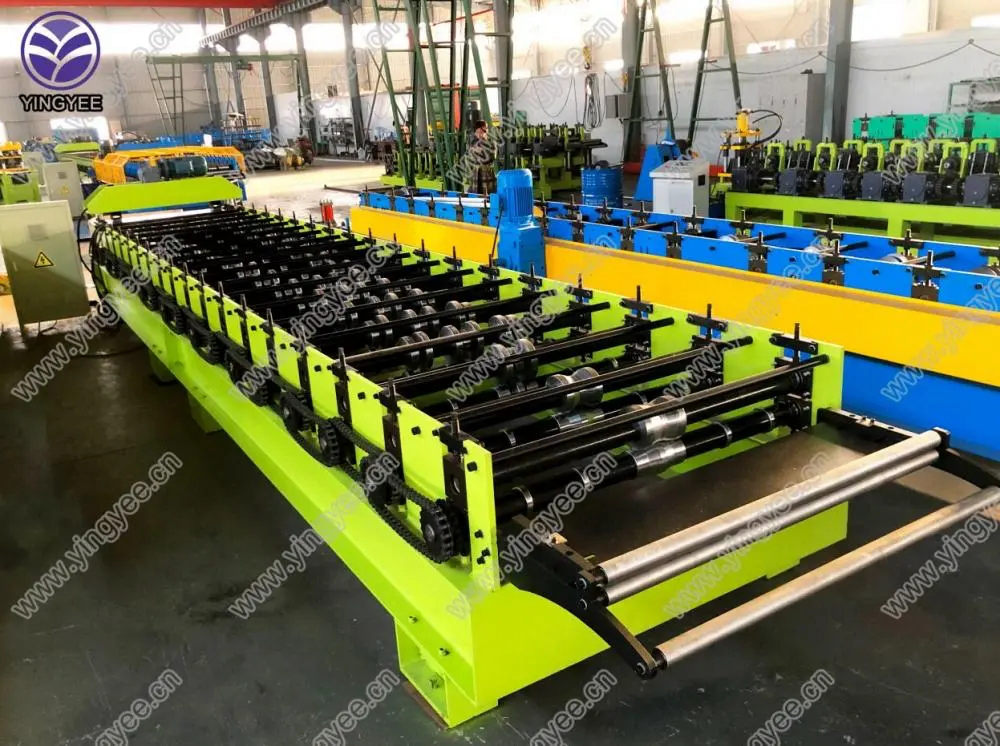
The Rise of Stud Making Machines Revolutionizing Manufacturing
In the ever-evolving landscape of manufacturing, one of the unsung heroes is the stud making machine. These machines are integral to the production of various components used in a multitude of industries, including automotive, construction, and electronics. Studs, which are fasteners resembling a bolt without a head or a defined end, play a crucial role in assemblies requiring high-strength connections. As industries demand more precision and efficiency, the technology behind stud making machines continues to advance, reshaping manufacturing processes around the globe.
The Basics of Stud Making Machines
A stud making machine is designed specifically to produce studs under controlled conditions, which ensures standardized quality and rapid output. The machine typically operates through a series of processes, including wire feeding, cutting, threading, and sometimes, heat treatment. Modern stud making machines often utilize computer numerical control (CNC) technology, allowing for exact specifications and reducing human error in the production line.
The process begins with the raw material, usually in the form of wire. The machine automatically feeds this wire into a forming mechanism where it is cut to the desired length. After cutting, the wire segment is then formed into a stud shape through a series of dies and punches that shape the metal accurately. Threading tools engage to create the necessary threads, which are pivotal for the stud's functionality. Finally, if needed, heat treatment processes are applied to enhance the tensile strength of the studs, ensuring they can withstand the stresses of their applications.
Efficiency and Productivity
One of the primary advantages of stud making machines is their ability to produce large volumes in a short amount of time
. With traditional methods, manufacturing studs could be a labor-intensive process that required skilled workers to operate manual tools. However, with the advent of automated machines, production rates can increase significantly, often producing thousands of studs per hour. This boost in efficiency not only reduces labor costs but also allows manufacturers to respond quickly to market demands and minimize lead times.Precision Leads to Consistency

In industries where safety and reliability are paramount, such as aerospace and automotive, consistency is crucial. Stud making machines equipped with CNC technology guarantee precision in every aspect of the manufacturing process. They maintain tight tolerances, ensuring that each stud produced meets specific standards. This consistency translates to higher quality products, reducing the likelihood of failures in critical applications. For manufacturers, the ability to produce high-quality fasteners consistently is essential to maintaining a competitive edge and upholding customer trust.
Versatility Across Applications
Stud making machines are versatile, accommodating a wide range of materials, including steel, aluminum, and brass. Different industries have varying requirements, and these machines can be configured to produce studs of various sizes, shapes, and threading configurations. This adaptability means that a single machine can serve multiple purposes, allowing businesses to expand their product offerings without significant capital investment in new equipment.
Innovations on the Horizon
As technology continues to advance, the future of stud making machines looks promising. With the integration of artificial intelligence (AI) and the Internet of Things (IoT), manufacturers are increasingly able to monitor and optimize their production processes in real-time. Predictive maintenance, data analytics, and automated adjustments are becoming commonplace, allowing manufacturers to minimize downtime and improve overall efficiency.
Moreover, sustainability is becoming a key consideration in manufacturing processes. Future stud making machines are likely to focus on reducing waste, energy consumption, and improving the recyclability of materials. The push towards sustainable manufacturing practices is driving innovation, ensuring that machines not only fulfill the demands of quality and efficiency but also align with environmental goals.
Conclusion
The stud making machine is a vital component of modern manufacturing that exemplifies the intersection of technology and industry needs. As demand for precision and efficiency grows, these machines will continue to evolve, providing solutions that meet the rigorous standards of diverse sectors. By embracing these advancements, manufacturers can ensure they remain competitive in an ever-changing market, producing not only high-quality studs but also contributing positively to the global economy and environment. The future of stud manufacturing is bright, and the machines behind it are undoubtedly at the forefront of this exciting journey.